


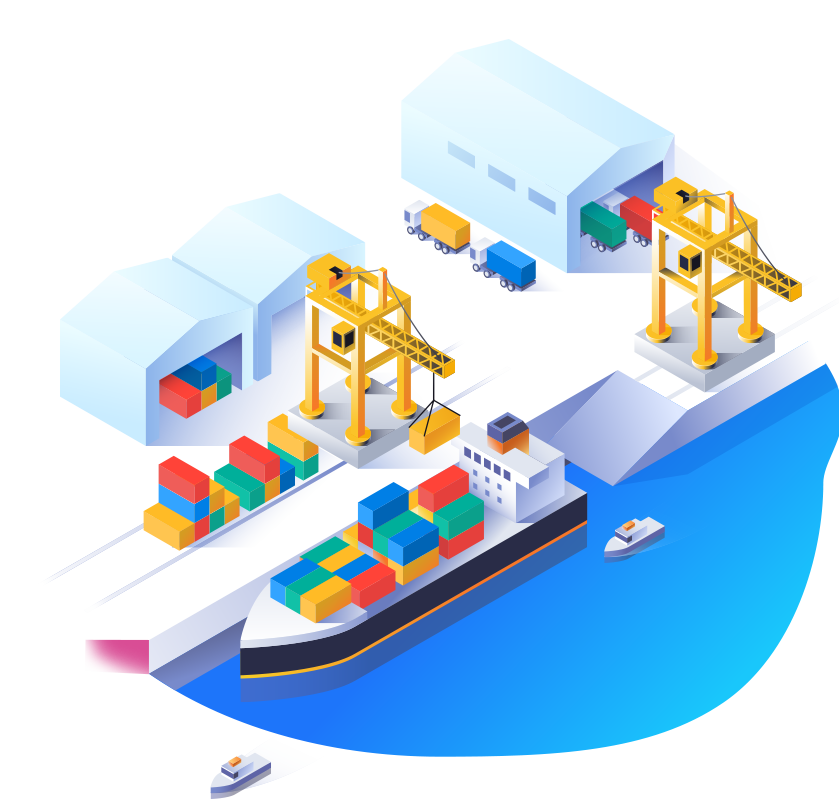
我们的专业物流专家解决复杂的运营管理流程问题。




About CLT
CLT是以创新技术为基础,向国际物流产业提供Digital Transformation的海运/港口/物流IT公司。
作为与很多船运公司、码头、物流相关人员合作了20年以上的合作伙伴,将经营活动最优化并且适用了最新的流程,提供了统合平台。
我们为了增大顾客的业务效率性,强化竞争力,提升生产性及服务品质,在不断努力开发业务自动化,沟通及协作的工具。
-
22+ Years
-
700+ Employees
-
15+ Shipping Companies
-
36+ Terminals
-
140+ Logistics Companies
-
30+ Countries

SOLUTION INFORMATION
CLT不仅是物流产业,也是海运产业与港口产业的世界领军者,以创新技术为基础
解决世界性供给网所直面的运营中的挑战课题,提升可见度等,
提供可以迅速应对快速变化的市场要求的咨询服务以及可以结合整个产业游刃扩张的解决方案。

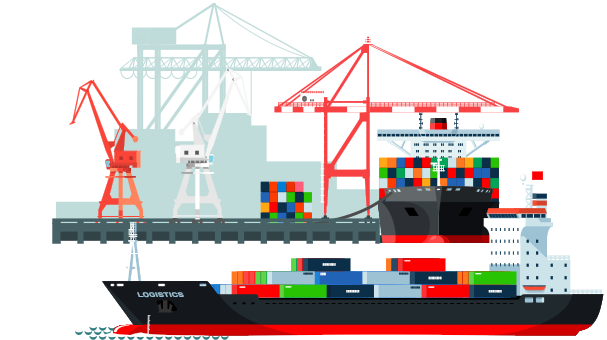
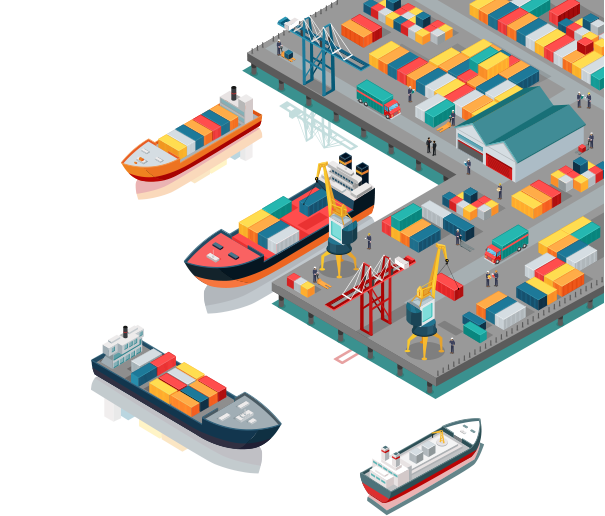


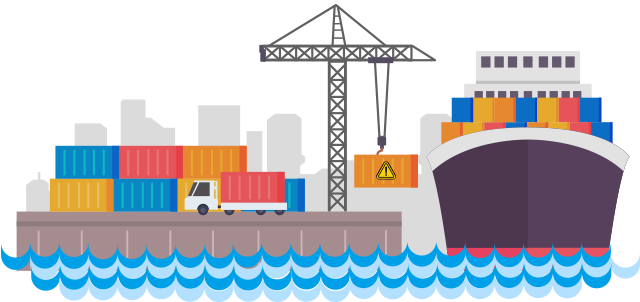
- ALLEGRO
-
Container Shipping Liner Solution
ALLEGRO是为了提高海运船运公司的服务竞争力与应对活跃的国际环境变化,引入最新的运营系统与程序等,支持数码转换(Digital Transformation)的统合船运公司运营解决方案。ALLEGRO以网络为基底的开放式体系结构保障定制稳定性,通过国际船运公司验证过的统合运营解决方案。
- OPUS CONTAINER
-
Container Liner Operation Solution
OPUS Container是统合运营集装箱所发生的所有业务,可进行有效管理的海运集装箱船解决方案。从预约装船开始至到达目的地,向顾客安全传递货物,通过国际标准的业务方式与符合步骤的中央集中式管控,可进行系统的程序管理。
此外,通过按数据类别分析的报告,提高事业运营的可见度,支持以收益性为中心的运营。
- CARA
-
Carriers Collaboration Solution
CARA是为了强化多数船运公司间的沟通与合作而构建的统合平台。全世界任何船运公司都没有在独自供给Tonnage及使用Space。所有船运公司在通过与其他船运公司的多样合作,维持销售/购买船舱,交换舱位,共同运航及联盟协力体制。
- OPUS Bulk
-
Bulk Shipping Solution
OPUS Bulk支持大型及中小型散货船运公司的战略决定,分析商务结果的散货船商务解决方案。为了应对散货船商务市场的变动性与不确实性,散货船运公司通过Digital Transformation,更加有效地管理流程,分析Shipping数据,将运营效率性最大化。
- OPUS Stowage
-
Stowage Planning Solution
OPUS Stowage作为集装箱船运公司为了有效的集装箱运输而提供最优化的装/卸货计划的解决方案,连接码头,要求执行装船业务等管理各种Stowage数据。
- OPUS DGL
-
Dangerous Goods Management Solution
海运产业为了提前预防海上运输中可能会发生的危险事故,对特殊货物中的危险货物管理是经常主要顾虑的事项。最近由于海上运输增加,特殊货物量增加,更加安全系统的危险物品管理被认为是更加重要的问题。OPUS DGL是在海上运输中管理装船的特殊货物中的危险货物的,危险货物统合管理解决方案。
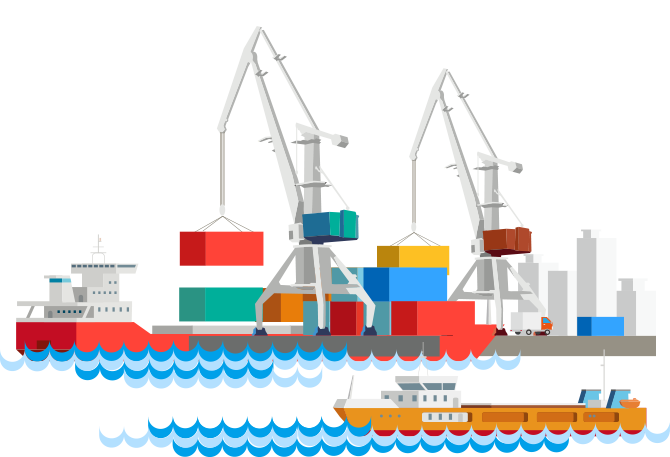
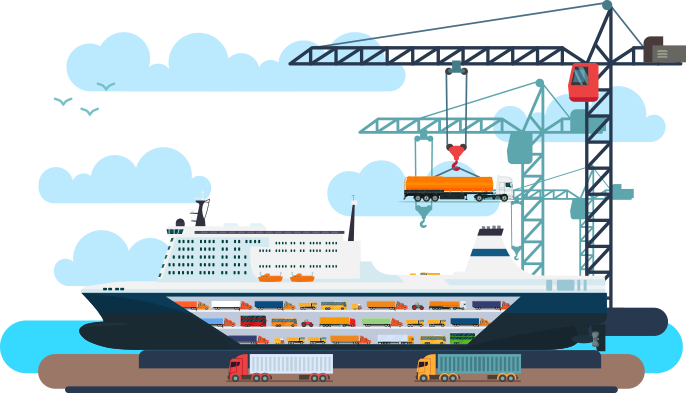
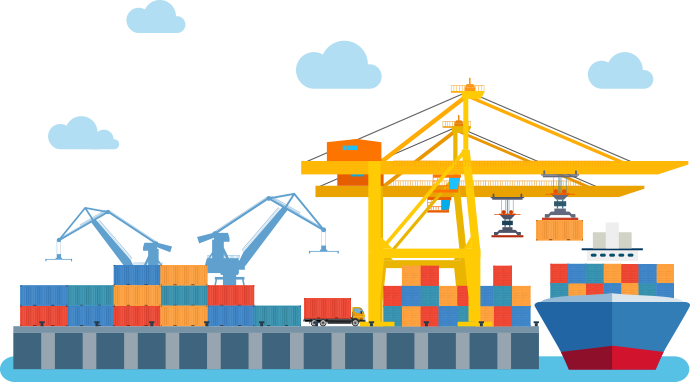
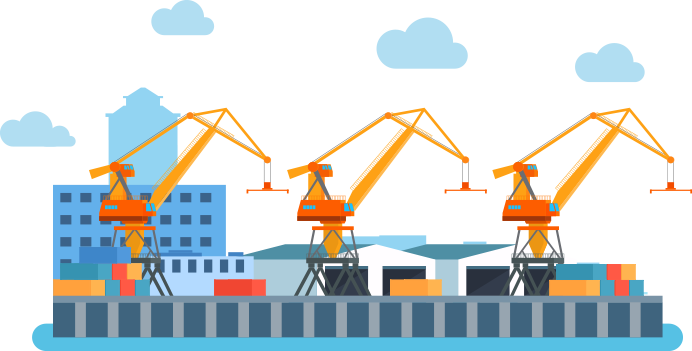
- OPUS Terminal
-
Container Terminal Operation and Decision Support System
OPUS Terminal不仅处理集装箱码头固有业务如集装箱装-卸船、分类、保管的业务,也是可以游刃应对新要求的码头业务的码头解决方案。 海上运输货量在持续增加,船运公司在强化联盟,将船舶大型化,以此来应对货量的增加。码头为了处理大型船舶,在进行大型化及自动化,为了船舶的定时性,在被要求高的生产性。不仅被要求改善基础设施与通过装备自动化改善技术,也被要求根据扩大港口信息共享改善服务。
- OPUS Terminal M
-
Multipurpose Terminal Operation System
OPUS Terminal M是支持集装箱、杂货、 滚装等运营的多目的码头运营解决方案。OPUS Terminal M也可适用于集装箱、滚装、散货专用码头,是在处理多种货物的多目的码头也可以使用一个系统处理所有货量的码头运营解决方案。
- OPUS DIGIPORT (EAGLE EYE)
-
Digital Twin and Data Analysis Platform
现在码头为了有效的运营与安全,从运营系统(TOS)与闸口( Gate )、外部货车、堆场货车、堆场起重机( Yard crane )、到港岸起重机,有机连接多种码头装备,以相互运营作为目标。 OPUS Digiport基于IoT平台,提供2D&3D假想码头系统。
- TABS
-
Total Advanced Billing System
TABS将复杂的码头计费业务自动化,是为顾客提供24/7的在线服务的码头自动计费专门解决方案。全世界的码头都在从半自动化发展为完全的自动化。 但是在码头的业务中,计算费用的计费业务是转为自动化时复杂且棘手的业务。码头的费用按服务、顾客类别具有相当复杂的结构,费率结构也不同。特别是各个码头有不同的费用体制,所以码头的计费业务很难自动化,现在也仍依赖于手动操作。
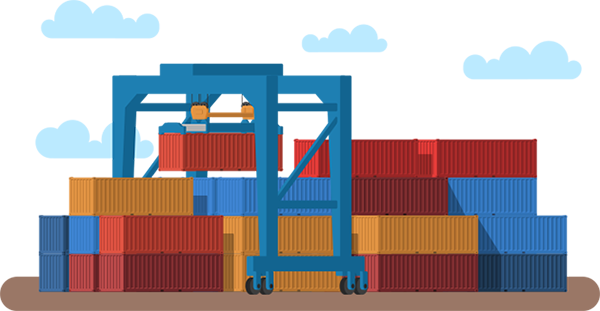
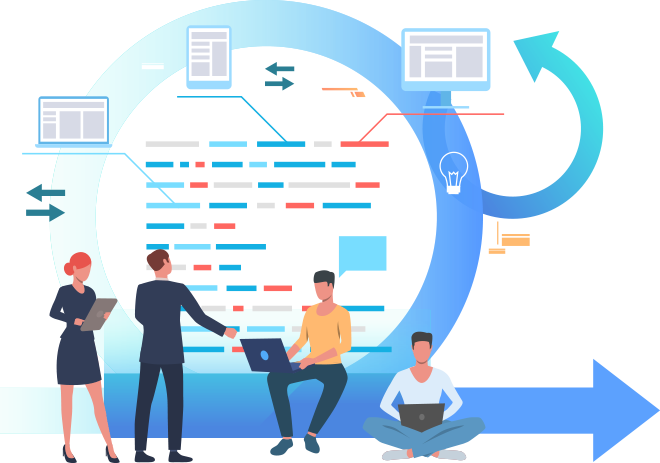

- OPUS D&D
-
Demurrage & Detention Management Solution (SaaS)
OPUS D&D是以船运公司/国家类别的公休日及周末信息与 Tariff信息为基础,代替复杂的手动操作,自动计算 Demurrage & Detention费用的解决方案。 在过去的几年间,缩减Free Time的反面, 随着全世界性的Demurrage与Detention费用的上涨,缩减 Demurrage와 Detention费用成为了运输企业的主要课题。但是,国家类别公休日/周末信息与各船运公司的Tariff合并后,很难自动管理Free Time,各船运公司签订的合约条件也不同,所以适用对特定货物的Exception,计算费用需要很多手动操作。
- SMARTLINK
-
Data Integration Platform
SmartLink是以数据与技术,连接企业与企业物流的iPaaS平台。 SmartLink从国际船运公司的EDI服务开始,根据货代企业的要求,提供美国海关提前申报的功能,也扩张了 Customs Filing Service、船运公司-货主连接服务、物流EDI服务等类别,开设了多种服务。
- CARIS
-
Freight Forwarding & Warehousing Solution
现在向发运人与物流相关人员提供支持商务流程的游刃性,提升运输可见度及缩减费用是非常重要的议题。CARIS是支持 Freight Forwarding、NVOCC及3PL公司的货物运输、仓库管理以及国际连接的,以网络为基础的单一平台。


- ODC
-
Offshore Development Service
随着 AI,IoT,元宇宙等的普遍化与以在线为中心的服务急速扩散,企业的SW开发人员的需求也在持续增长。但对比需求,因限定的人力资源,很难聘用人力于适时适当的岗位,人员经费的急速上涨也加重了企业的负担。CLT的ODC服务应用越南具有竞争力的IT人力,以多种产业的顾客公司为对象,代办或支持软件开发、维护、运营业务。
- SHINE
-
Positive Outcomes for Logistics Operations
随着产业结构的变化,很多部分都已自动化或数据化,但在产业流程内,手动填写或者未统一的多种形态的文书作业仍占据很大部分。 SHINE是从发货与制作,调配与流通,消费者的购买,到提供服务,可以将在所有领域制成的多种形态的文本正确快速地数据化并且管理的解决方案。

-
MAKING
THE WORLD’S TIME
AND SPACE
MORE VALUABLE - 将世界上的时间与空间变得更有价值!

